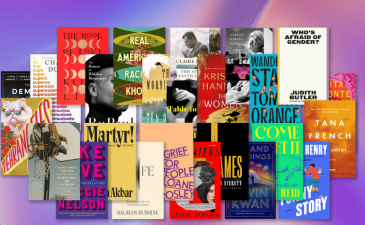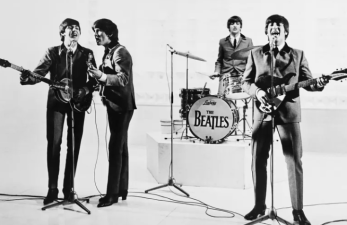There are many elements from your favorite classic movies that always make your work stand out. While certain scenes or dialogues may linger in your mind for decades, the opening and ending of a film are indelible.
This video juxtaposes the opening and ending of many famous films to show how powerful they are and how they are powerfully related to the theme. This is not a new phenomenon, as film masters have used both important elements to define their works.
So let's review the endings of these movies: the shots that ended in the most famous movies in film history. Through this analysis, we can gain an in-depth understanding of the techniques of these film masters, and hopefully learn how to make movies more meaningful and memorable.
Perspective Ending
For the most ambitious filmmakers, whose films are examinations of the most profound questions of human nature, a perceptive ending shot can be a powerful reminder of what the grandest cinematic vision is. No film is more iconic in this regard than Stanley Kubrick's 2001: A Space Odyssey, which examines the nature of life. Kubrick, who often tackled a lot of big ideas and themes in his work, left a memorable but ambiguous ending, the famous final shot of the fetus on the moon hanging on the Earth.
Suggestive Ending
Like the cover image of Butch Cassidy and the Sundance Kid, the director of Thelma and Louise (Ridley Scott) decided to use freeze frames to emphasize the importance of the final shot and the final outcome of the story. Both are noteworthy because the suggestion of the freeze frame in both cases foreshadows the characters' impending destruction. However, because it is a film, the audience is connected to the characters and their stories, so the freeze frame is a great way to keep these characters alive and well, and also another visual extension.
Open Ending
As the name suggests, this ending style can go a few different ways. Many of the more profound classic films choose to leave the ending as ambiguous as possible, leaving it open to interpretation by the audience. Ideally, this is a great way to encourage discussion and repeat viewings, allowing the audience to look for clues on the plot and themes. Christopher Nolan's Inception is a good example, as is American Psycho, Shutter Island, and Black Swan, in addition to the famous spinning top shot.
Closing Ending
Now, as the media points out, mainstream movies, narrative movies, feature films should always provide a resolution of character conflicts. Characters encounter conflicts, which drive the story to the final resolution. However, it is difficult to end things well, especially when all the stories are wrapped up in a happy ending. So, the most famous and memorable movies are those that wait until the last closing shot - like the "beautiful ending" at the end of David Fincher's Fight Club.
Symbolic Ending
If we go back to the beginning of the article and watch the video again, it is easy to find many similarities with the beginnings and endings of classic movies. This is important because it shows that these filmmakers paid great attention to the impression of the first shot of the movie and the final closing shot and the relationship between the two. It is only when we see the beginning and the end juxtaposed together that we realize the subtle differences and what the theme of the film's story is, and only when we watch the film. Perhaps the best example of this is the final shot of John Ford's The Searchers, where we can see the symbolism parallel to the beginning of the film and how it affects our understanding of the characters and the film.













